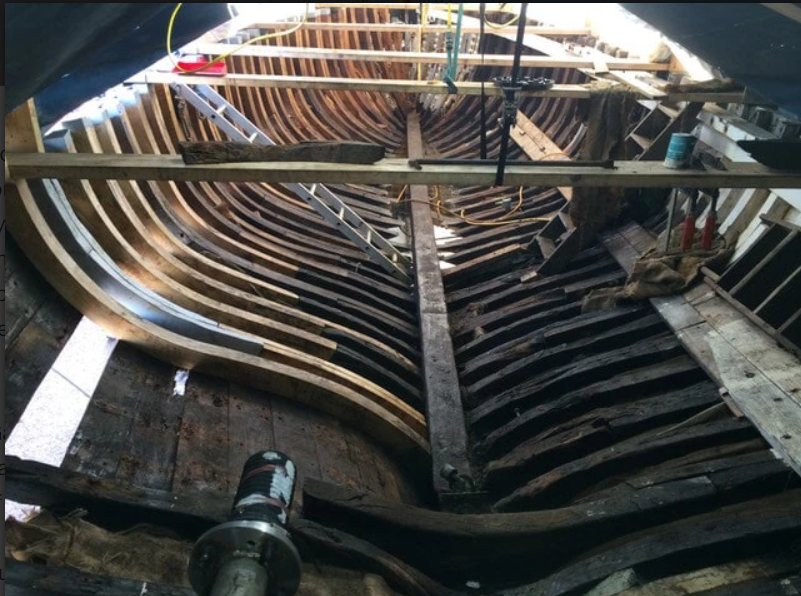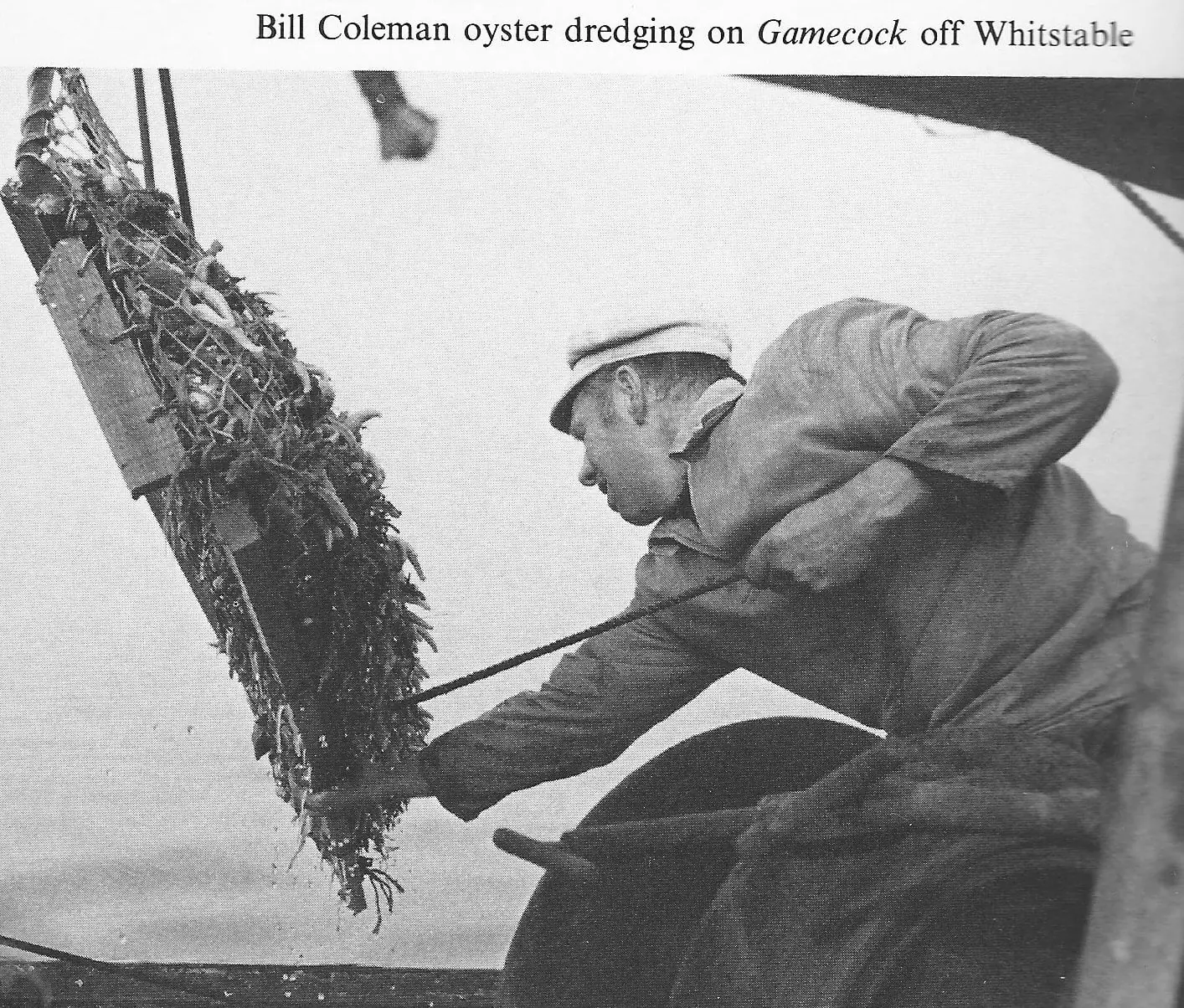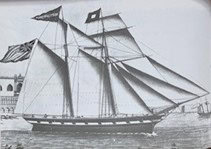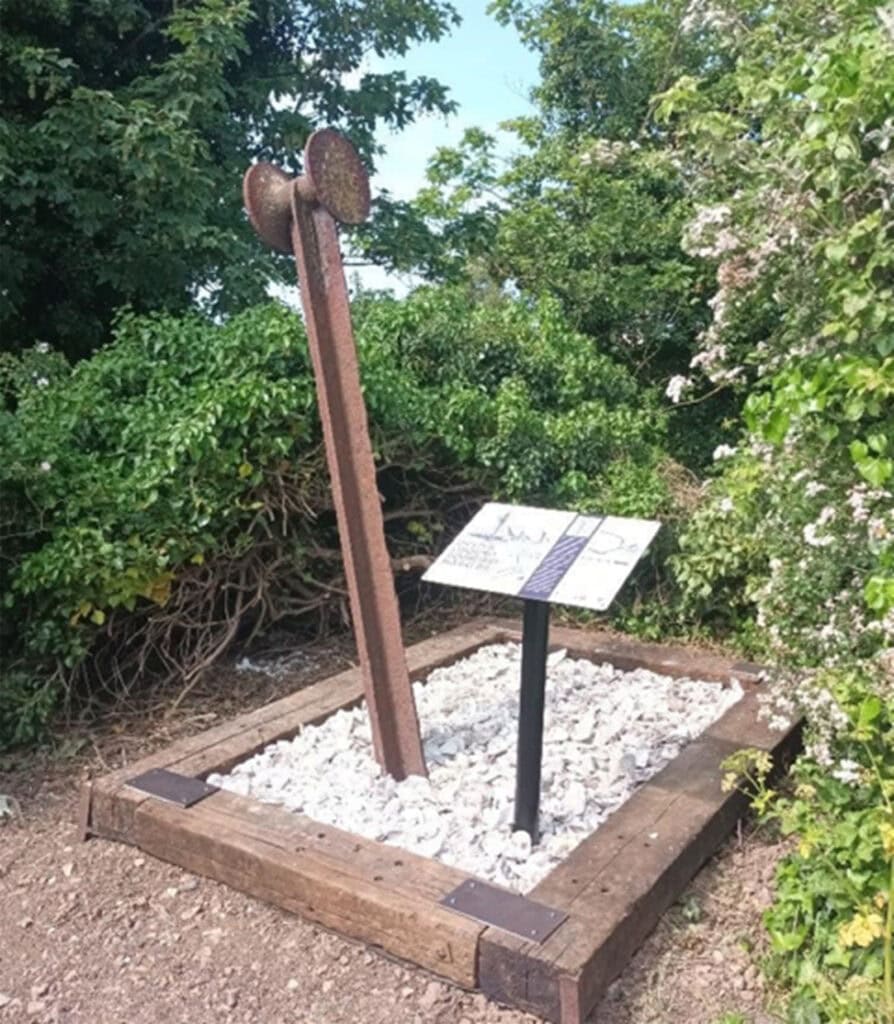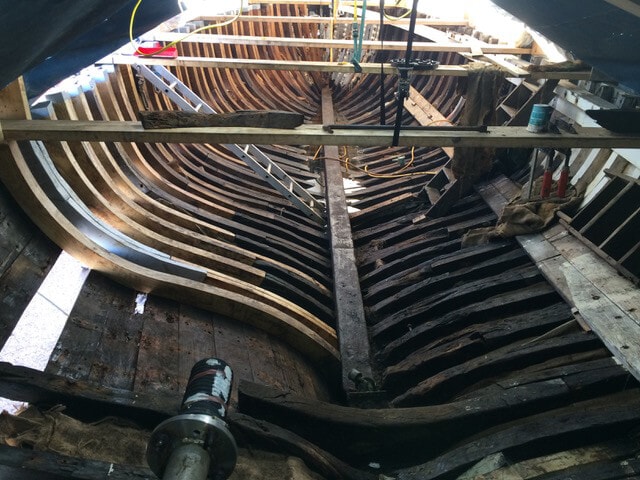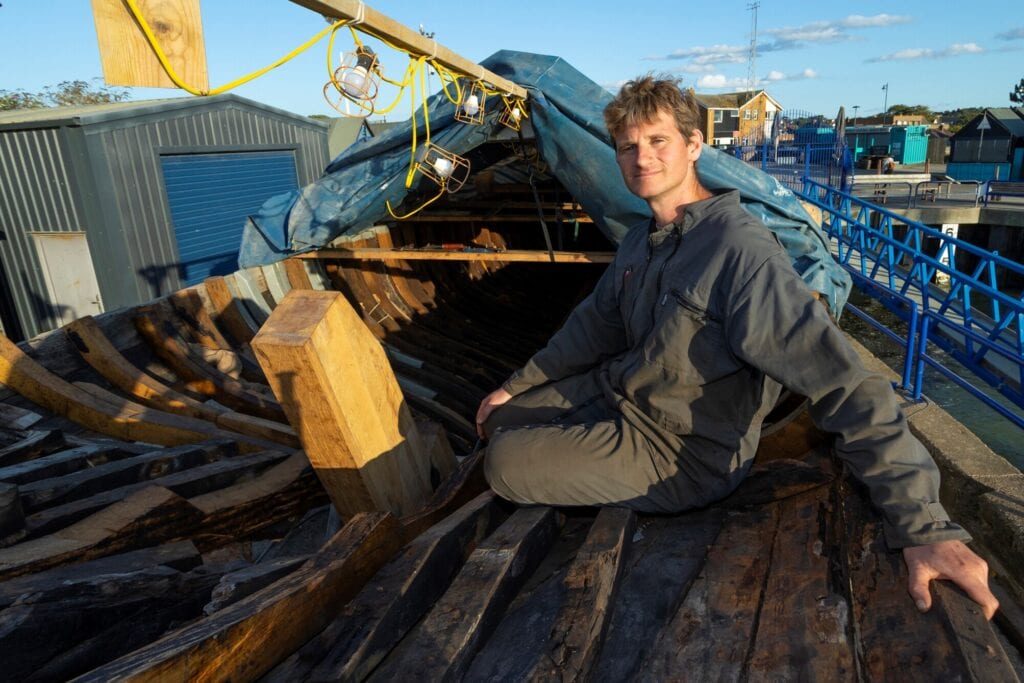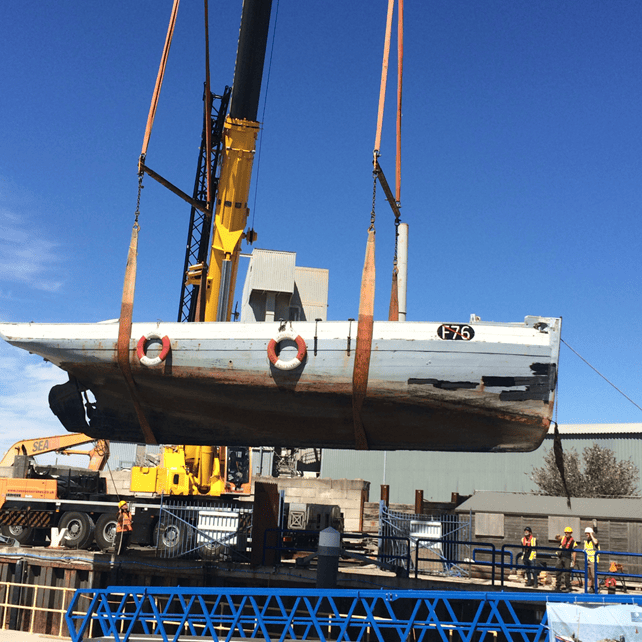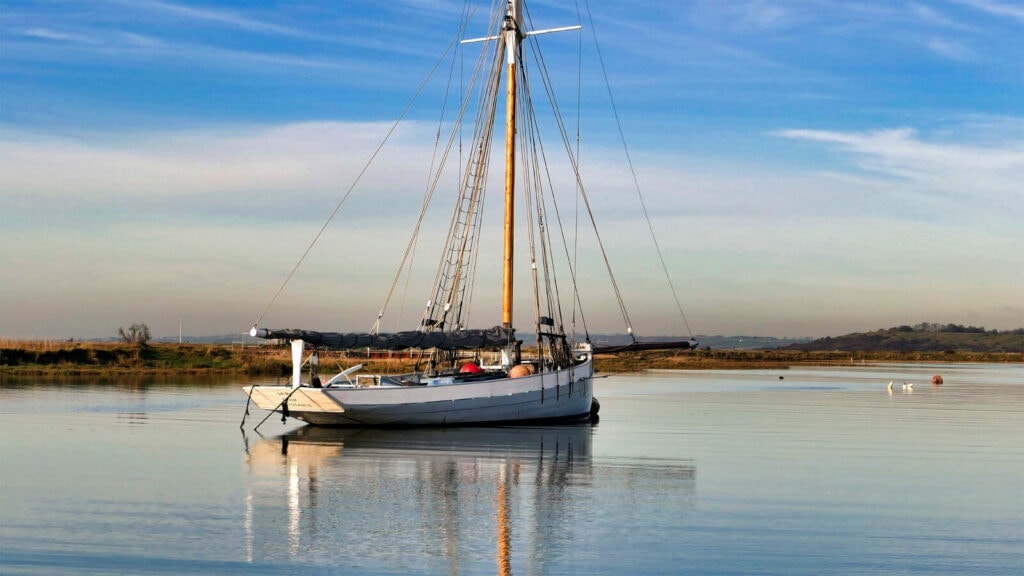It is that time of year when we look back and reflect, or look forward in anticipation of events planned, or speculate as to which scenario is most likely to unfold.
Those of you who have closely followed the history of Gamecock will be saddened to learn of the death of Bill Coleman at the age of 95 (see Obituary in News page). Bill had not enjoyed good health since parting with the Gamecock but fortunately he lived long enough to see the care and craftsmanship with which she is being restored on the East Quay at Whitstable.

2024 was also the year in which we took the decision to revive the Harbour & Boat Show in partnership with the Harbour Board. A cross-community planning team composed of Volunteers has made good progress and with a generous donation from the Whitstable Improvement Trust. We are now confident that we shall have a successful Show. The date is Saturday 9 August when there is a favourable High Tide. We have begun inviting folk to contribute to the exhibitions and displays. If you have not already done so, please find an application form for a pitch in the new dedicated section of this website: ‘Harbour & Boat Show’. If you are planning to arrive by boat and have not yet received an invitation from me, please get in touch direct: the berth is free and there is already a lot of goodwill so it promises to be a significant event in the maritime calendar.
It is also worth recalling that Whitstable Maritime was 10 years old in October. It took us two years to find our way and of course approximately eighteen months was lost through lockdown. However, the Charity is now well established. The Board is pleased to have appointed Susannah as Chairperson and she has brought a fresh approach which bodes well for the future. Alex is driving the Coastal Trail – no pun intended – which is remarkably popular with visitors and has the potential for further development. The loyal team devoted to the restoration of the Gamecock have reached the reconstruction phase so progress is more evident with the planking of the hull and deck about to transform her appearance: see the diagrams in the ‘Heritage Centre’ section.
The Charity’s aims remain as relevant as they were in 2014 so it is likely we shall continue to attract funds and able Volunteers, as well as generate a more sustainable income from trading. If you are intrigued but not yet committed then make 2025 the year to Volunteer for Whitstable Maritime. If you are already a loyal Supporter then we are very grateful for your contribution, whether in cash or kind.
I like to think of us as a community with a common interest that is bedded in Whitstable but extends nationally. For me, relationships are at the core of our activities and I wish every one of you success and well-being in 2025.
Gordon
President

